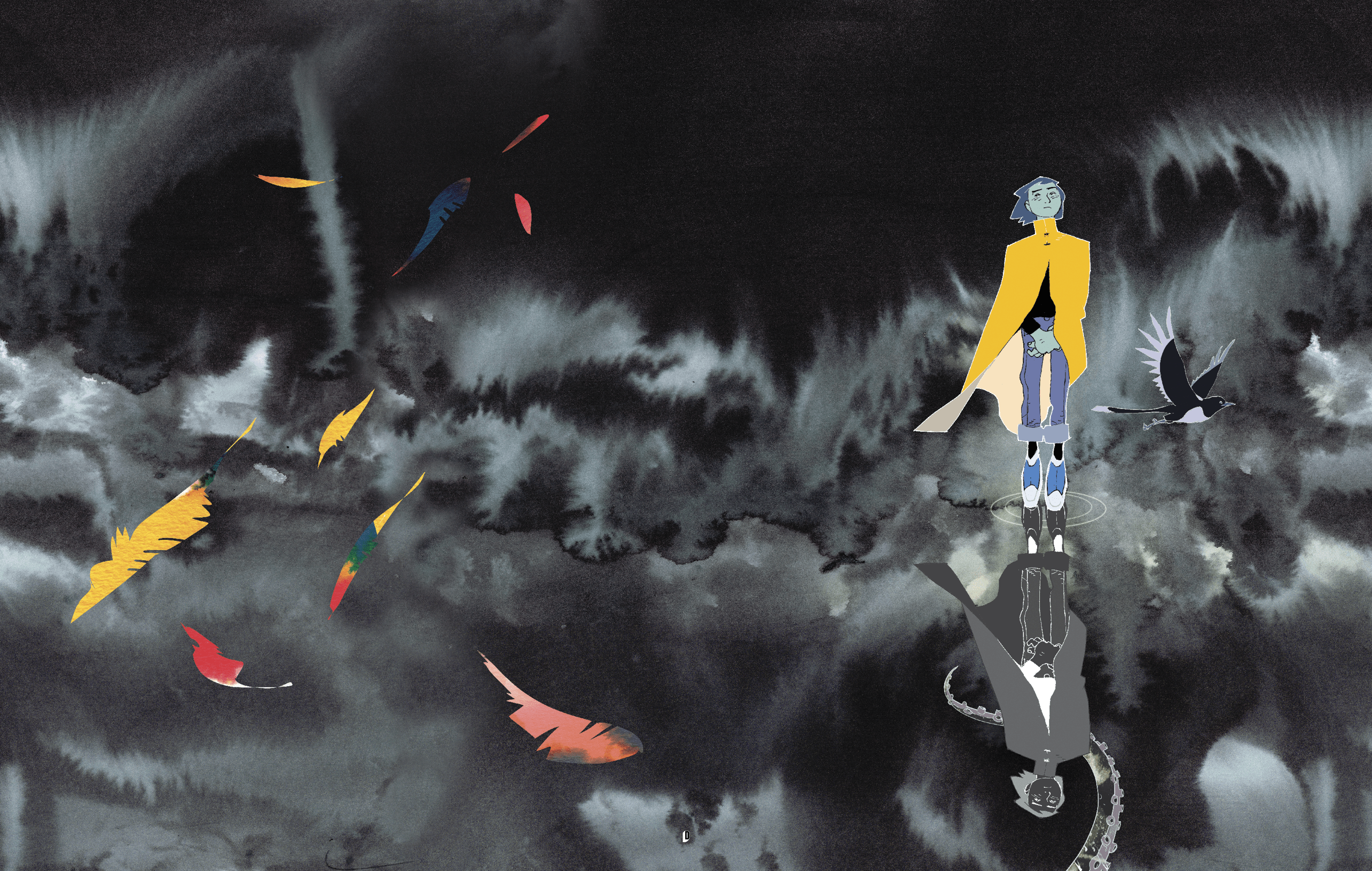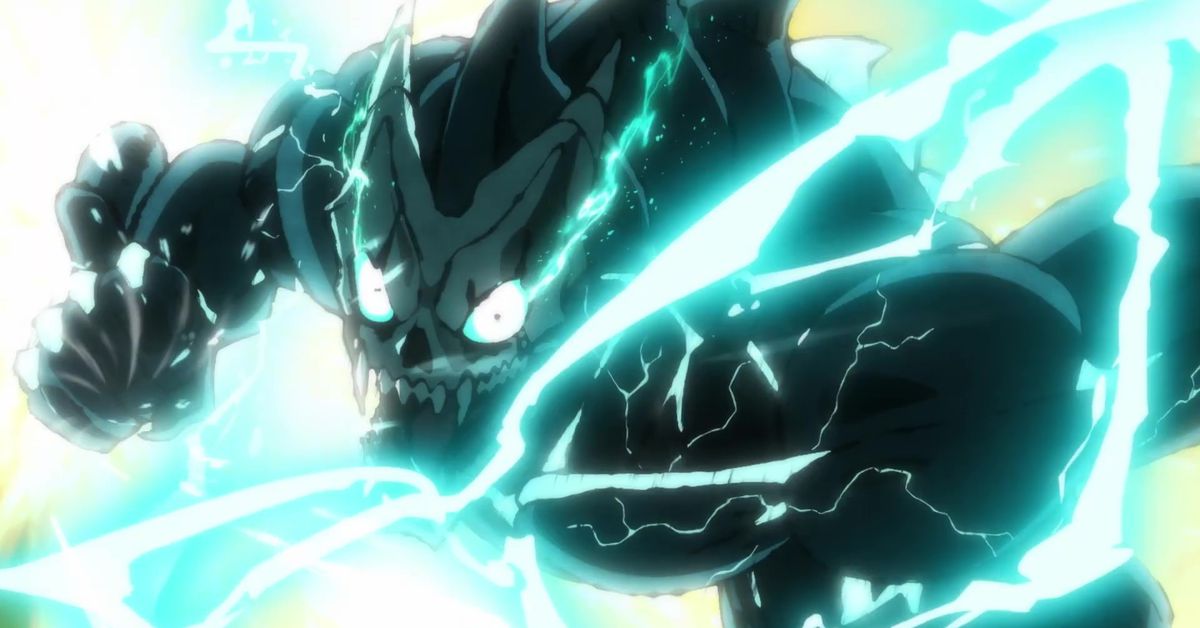In Somna, one woman is burning, and another can’t sleep. She sees a demon when she shuts her eyes. He wants to do things for her, to her. It’s Puritan England, and they set women ablaze for thoughts like this. She ought to know — her husband is the one who lights the torch.
Becky Cloonan and Tula Lotay, the legendary creative team behind the gorgeous erotic folk horror comic, bill Somna as “a bedtime story.” Like a lot of erotic work, this is a double entendre. Yes, its lead character, an Englishwoman named Ingrid, struggles with disordered sleeping. Much of the story takes place in bed as she slips into dreams and slowly begins to lose track of the borders between her waking life and her dreaming one. But beds are also for sex — her repressed desires come to frightening life in her unconscious mind, and possibly the real world, too.
“We went into Somna knowing that we wanted to tell an ambiguous story,” says Cloonan. “There’s no wrong way to read this comic. A lot of it’s gonna hopefully make people think about why they think it’s a certain way. If the demon that [Ingrid] is seeing isn’t real, why do you think that?”
“In the ’80s, there was a lot more of this kind of sexual horror stuff going on,” Lotay says. “There’s not as much of it now, but we’re bringing it back!”
The pair are referring to what many have noted is a uniquely sexless time in pop culture, leaving a void in the sort of explicitly sexual stories that explored messier aspects of the human experience. Deeply flawed characters responding poorly to internal and external desire, and how the world responds to them. In that regard, their work feels refreshing.
Somna is immediately beguiling, not just for the ways its lush art plays with reader perception, alternating between dreamy lust and folk-horror thrills. Cloonan and Lotay are working in a rich thematic space, exploring the ways repressive cultures and institutions harm everyone, even those who benefit from them. Initially inspired by a bout of sleep paralysis, the story gestated for 10 years before finding life as a miniseries for new comics publisher DSTLRY — an unusual and splashy entry in the burgeoning imprint’s line of debut titles.
:no_upscale()/cdn.vox-cdn.com/uploads/chorus_asset/file/25361795/Somna_03_proof_11.png)
“A book like Somna, I know it’s not for everyone. We didn’t go in thinking, Everyone’s gonna love this!” Cloonan laughs. “It’s definitely a self-indulgent book that we think some people might really enjoy.”
Somna is also arriving at the height of the romantasy boom in literature. Novels that take sex and romance just as seriously as their elaborate fantasy worlds are lighting up BookTok and Goodreads. Yet comics that cater to the direct market — your monthly periodicals famous for superhero yarns but full of other genre fare — have yet to make a big splash in the genre.
“When people open [a comic] up, and they see it laid bare in front of them, it’s jarring,” Cloonan says, ruminating on why comics publishers have been trailing their prose counterparts. “I think we’re still suffering from the Comics Code, and the moral crackdown that comics in North America had while this kind of book flourished in Europe. I think the North American market is still a little trepidatious.”
“I do think the reason there isn’t more of this kind of content in American comics is due to some of the movements you’ve got out there, [with] banned books,” adds Lotay, who is British. “It’s scary stuff that doesn’t happen so much in the U.K. or in Europe, France and Italy. There’s been a very different approach to sequential art. It’s massive there and they’ve always been pretty open-minded with sexual stories — as a teen I grew up reading Heavy Metal… kind of dark stories that are uber sexy as well.”
:no_upscale()/cdn.vox-cdn.com/uploads/chorus_asset/file/25361808/Somna_03_proof_25.png)
Somna gets a lot of mileage out of the liminal space between danger and desire, playing with the reader’s perception. While Cloonan handles the script, both creators take on the story’s art — with Cloonan’s inky, careful linework telling Ingrid’s story when she’s awake, and Lotay’s dreamlike, painterly style bringing her dreams to life. This is also, consequently, where Somna’s most pulse-quickening pages are.
“The thing that is passionate and arousing is the emotion behind what’s happening rather than just the visuals. We didn’t want to enter into something with just visuals that are like, Well, now they fuck, or Now we’ll show a dick,” Lotay laughs. “The point is the way Ingrid is becoming more and more entangled in this dream world, and stepping out and being enticed slowly. And Shadow Man being in the room, or hovering nearer and the words he’s saying to her — and then it builds up to the point where she gives in.”
This is the tricky part in comics, in which the static visual image and the sparse prose have to carefully mingle to showcase characters’ arousal, but not give away too much. This is where the horror aspect of Somna helps a lot, with the dangerously loaded context of its historical setting and themes of female desire and sexual agency.
:no_upscale()/cdn.vox-cdn.com/uploads/chorus_asset/file/25361817/Somna_03_proof_9.png)
“Even those moments where it’s full-on, I think I tried to draw where there was a lot of emotion there,” Lotay says. “And darkness as well, where you’re thinking, This is arousing, but actually, this is quite scary as well! It’s those fine lines.”
In its final chapters Somna begins to shift into full-on thriller, as Lotay and Cloonan’s art blurs together and a murder mystery simmering in the background envelops Ingrid. Titillation and fear blend into an unsettling climax that leaves the viewer with much more to think about than what is real and what is not. Somna lingers, its historical rumination on women’s sexual agency and patriarchal repression echoing into the present.
“What makes it scarier is the fact that it’s sexy,” Cloonan says. “At the end if you can put the book down and feel upset that you’re turned on by it, I think we’ve done our job.”
Somna #1-3 are available to purchase digitally at DSTLRY and in print wherever comics are sold. A collected edition arrives in July.








